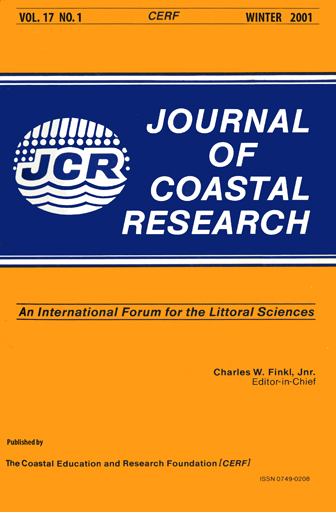In Search of Ancient Helike, Gulf of Corinth, Greece
Keywords:
Helike, Holocene, luminescence, boreholes, classical, ceramic, optical stimulated luminescence, chronostratigraphy, radiation dose, sediment.Abstract
In 373 BC an earthquake destroyed and submerged Helike, a Greek city on the southern shore of the Gulf of Corinth. A large archaeological/archaeometrical enterprise has been initiated since 1991. Dozens of Boreholes scanned the coastal area of Aegialia, geophysical prospection has been carried out, sonar surveys have been made offshore, trial excavation has been executed, while C-14 dating on sediment (wood, plants) and luminescence dating on tiny ceramic sherds extracted from the bore holes has been performed.
In particular, quartz and feldspar inclusions were removed from fine pieces of ceramic sherds, extracted from boreholes, and the "single aliquot method" of green (GLSL) and infrared (IRSL) light stimulation luminescence was applied for the determination of equivalent radiation dose (ED) aiming at the accurate dating of these ceramics, and at locating the ancient lost city of Helike.
The dates obtained spanned between the Byzantine period, c.9th century A.D. back through the Roman and Hellenistic/Classical times to the Mycenean period and the 2nd to 3rd millennia B.C., all following a stratigraphic sequence with depth varying from 0.40 m to 12 m. All dating results are critically assessed and focus on the question regarding the location of ancient Classical stratum (3-5 m below ground) which belongs to the lost (submerged) Helike.

